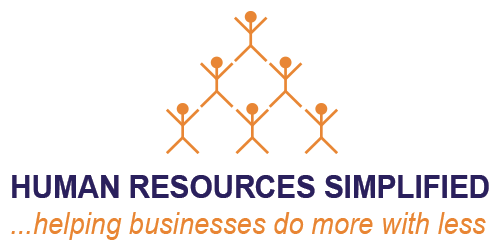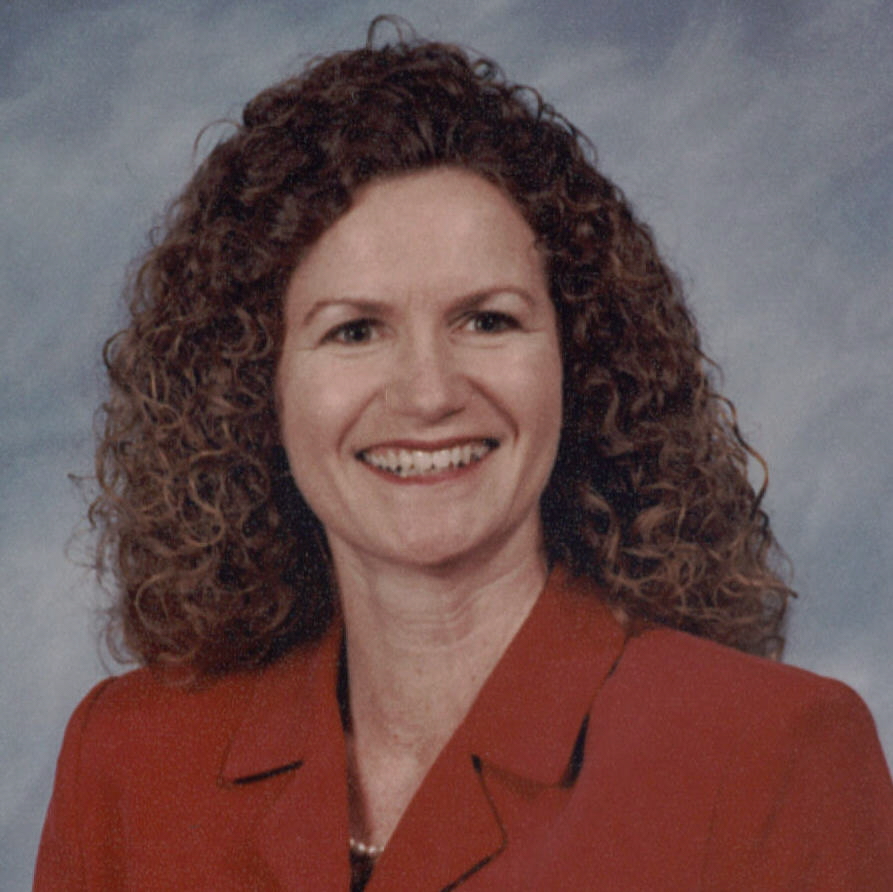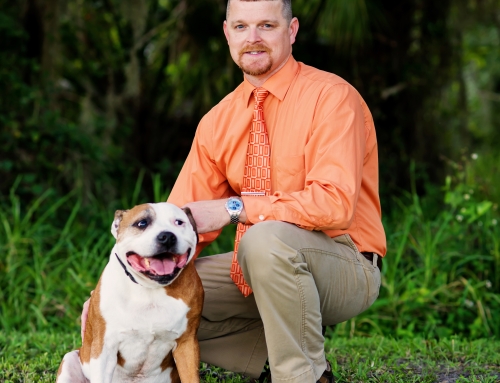 September’s Article with Carolyn B. Thompson focuses on… Helping Staff Learn Specific Tasks of their Job, Quickly and with Accuracy.
September’s Article with Carolyn B. Thompson focuses on… Helping Staff Learn Specific Tasks of their Job, Quickly and with Accuracy.
Q: When you say skills or specific tasks, what do you mean?
A: Tasks are the specific outcome of actions you take to complete a component of your job function (ex – move a 50 lb box from table A to a skid 10 ft away). Skills are the physical and mental things you have that allow you to implement the knowledge you have (ex – physical ability to lift a 50 lb box safely, memory of where the box is and where it needs to go).
Q: In the Malcolm Gladwell book, Outliers: The Story of Success, he says “Achievement is talent plus preparation”. What are your thoughts on this?
A: I can’t think of a single thing that doesn’t work (or at least feel) better when we’ve prepared for it. Starting with talent (innate skills and a passion for the task) makes it all the easier. I do believe we can learn and do tasks, with accuracy, that we don’t have a passion for and that aren’t an innate skill as long as we have the pre-requisites for that skill (ex. – you can learn a safe lifting technique to lift a 50 lb box, but if you don’t have the core and leg strength to lift 50 lbs you’ll not be able to execute the technique). But, it will likely take longer to learn. Worth it to take the extra time? – in every job, there are tasks that aren’t going to be in our innate skill set or that aren’t our passion. Assuming those tasks are crucial to the organizational success and have to be performed within that job, then learning them, even with difficulty, is important.

Q: I have heard that it is better to focus on improving your strengths to the next level, rather than laboring to only work on your weaknesses. Is there truth to this?
A: Marcus Buckingham’s outstanding work in this area (in his book, Now Discover Your Strengths) left me absolutely dumbstruck! Civilization has spent centuries trying to fix peoples weaknesses and we’d gotten it all wrong! In most cases when you help someone make their strength even better the weakness is covered up/no longer matters, or even goes away. Buckingham’s example was Tiger Woods. In the early years, his golf strength was his drive and his weakness was his inability to stay out of sand traps. His coach was a strengths improver and had him work his drive for hours and hours and hours each day. His great drive got so much better that he didn’t get in sand traps. This changed our whole way of looking at an employee’s poor performance on one task! And it changed the employee’s abilities to safely, competently and with confidence complete the specific tasks of their job.

Q: What is the first step to Helping Staff Learn Specific Tasks of their Job, Quickly and with Accuracy?
A: Ask the person you’re helping, “The last time it was easy for you to learn and you were able to implement that skill or that knowledge – describe the steps you or someone helping you learn took.”
Q: What is the next step?
A: Either create the learning for the person the way they described the last successful learning OR get information on how to do what they asked OR if you want to help them become multiply intelligent (see Gardner below) use some of their most comfortable style and a bit of another style to help them stretch their learning ability.
Then implement the learning. And be sure to let the person know what the measurement and assessment of successful learning is so they know what they’re working toward.
Q: Are there speed bumps to be aware of? Such as lack of support from supervisors or jealousy from co-workers?
A: Lack of support from supervisors for the learning process is the biggest deterrent to an employee’s learning. Either they are the person helping their staff person learn and they don’t know how to do it OR someone else is helping (e-learning, book or in-person training) the person learn and the supervisor doesn’t want the person in a non-productive state for the learning time or the supervisor doesn’t know how to provide on-the-job reinforcement of what the person learned (be sure the person needs to perform the task soon after learning how, feedback if not doing it well or if doing it well, ongoing skill/knowledge enhancement).
Both states require training for the supervisor – a manual, someone to model the best way – and culture change – inclusion of the task on their job description and their performance appraisal.
Q: Where is mentoring in this process?
A: The word mentoring is used to mean so many different things that it’s better to talk about the process of helping someone learn than to use the word mentoring. Let’s talk about the benefit of having a person you can go to to get answers/ideas/see them modeling the behavior you achieve. Notice the active role you’d have to play as the learner with this person who’s helping you learn – you’d have to ask questions (to get answers); you’d have to tell situations that are occurring (in order to get ideas); you’d have to watch and likely ask questions and likely try some things (in order to see them modeling the behavior). Assuming such a person exists for a task or whole job function, where this fits in the process is – in the center. It is by far the quickest and most accurate way for anyone to learn, no matter their learning style (it’s learner-directed so by definition will be in a way that’s easy for the person to learn).
Q: Gardner’s theory of multiple intelligences initially listed seven intelligences which work together: linguistic, logical-mathematical, musical, bodily-kinesthetic, spatial, interpersonal and intrapersonal; he later added an eighth, naturalist. Talk about Gardner’s theories and how they connect the dots for this topic.
A: How Gardner’s Multiple Intelligences connects the dots for this topic – helping a person learn in their most comfortable way (their learning style) does make the process of learning faster and it may also make the retention and ability to implement the task better. However, as Gardner’s whole premise states, learning to learn when it’s coming at you in a style that’s not your most comfortable way improves your ability to be productive (doesn’t matter if the person helping you learn is opposed to using your most comfortable way to learn – you can learn anyway; building the competency to learn in multiple ways translates to all communication coming at you – no matter how someone talks or writes to you, you can figure it out quickly).
Q: What is the last step?
A: The last step in this or any process for that matter, is to measure/assess how the person is doing the task – be there to see the person doing it, have a list of the things you’re looking for that would tell you if the person was completing it correctly and in the most efficient manner and finally, tell/show the person what specifically they’re doing well (“You screwed the cap on the gas tightly enough so it won’t leak, but not so tight that it will be very difficult for the next person to get off.”) and tell/show them what specifically needs to change and what to do to make it change (“The Gas Log entries you made had the words _____, _____ and _______ spelled wrong – you can find the correct spelling in the Essential Job Functions – Runway Crew Manual.”)
Q: Is there a point in time that you know you have become an expert in your skill or should you recognize that there is always more to learn?
A: Being an expert in your skill never ever means there isn’t more to learn. And the Top 3 Reasons (I likely could have come up with a David Letterman 10 but these 3 really cover it) are:
#3 Marcus Buckingham’s research shows that we need to be always working on our strengths.
#2 There are always more of Gardner’s Intelligences for us to work on to become better at learning new skills and enhancing our strong skills.
#1 Which century do you live in? – The 21st and even the 20th century report the fastest change in the tools and techniques of getting almost any task done and therefore the need to learn the current most effective procedure to use those tools or techniques.
Q: In conclusion, what are your final thoughts on this topic?
A: This topic is one of my favorites due to my love of training. I saw companies having inadequate training programs and, thus, wasting money. I very much believe that with specific performance-oriented training and targeted HR programs, quality employees would be attracted to stay and grow with organizations. That is what I preach in my company and in working with our clients.
Carolyn B. Thompson is the President of Training Systems, Inc., responsible for marketing, new client development, and helping organizations of all sizes determine ways they can best recruit, inspire, train and retain quality employees, and improve performance. She is an author, facilitator, planner, consultant, and trainer; she can be reached at her company website, http://www.trainingsys.com/.

Jean (JJ in HR) is a certified senior-level human resources executive/consultant, adjunct professor, management trainer, professional speaker, resume writer, career coach, LinkedIn profile builder, and published author.










